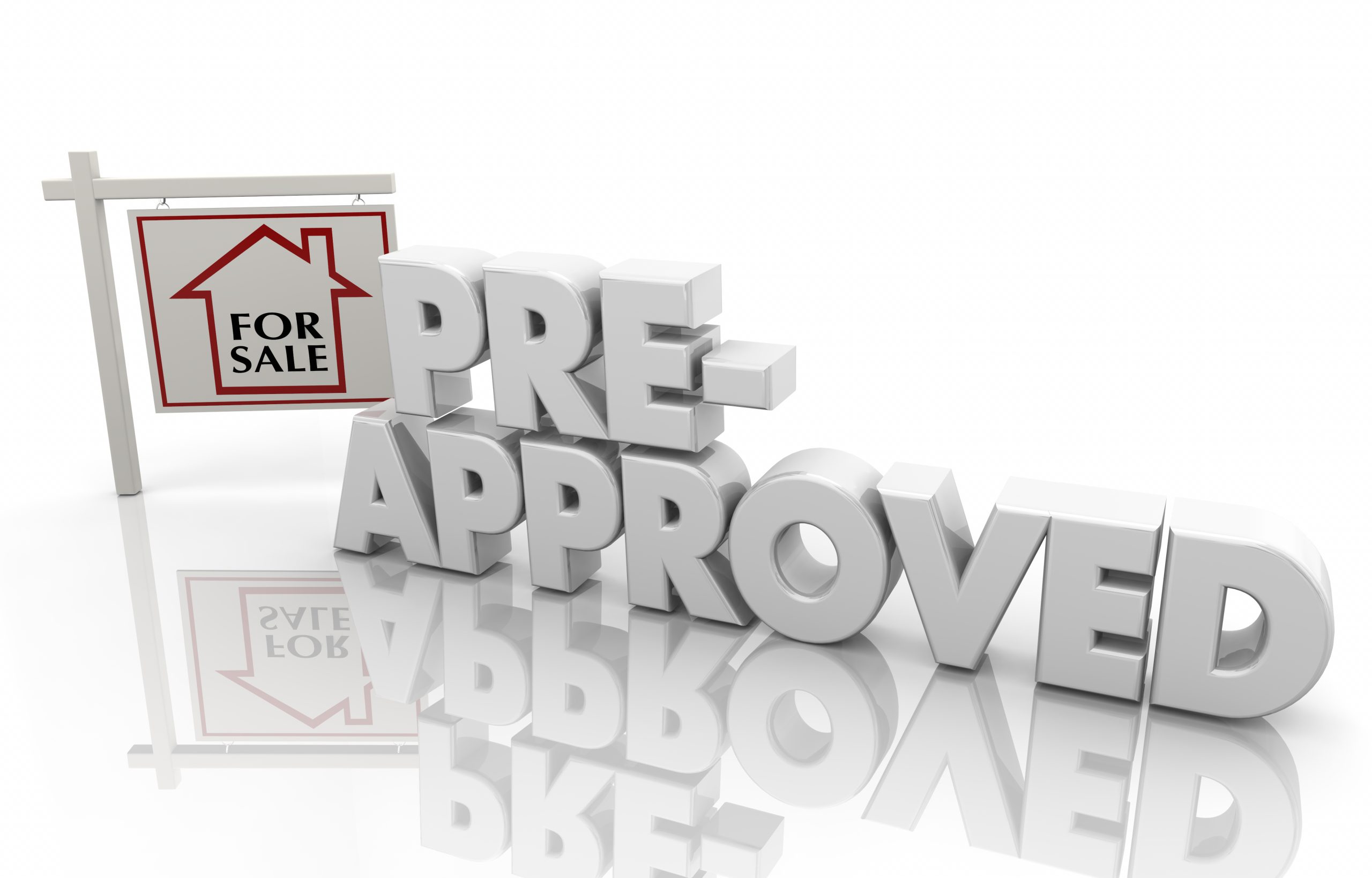Buying a home is one of the biggest financial decisions you’ll ever make—and while it’s…
How Much House Can You Really Afford?
Buying a home is one of the biggest financial decisions you’ll ever make—and one of the most exciting. But before you start browsing listings or dreaming about walk-in closets, there’s one crucial question to answer: How much house can you really afford?
At Rapid Home Loan, we help buyers make smart, informed decisions by looking beyond just pre-approvals and focusing on affordability. Here’s what you need to know.
💰 What “Affordability” Really Means
When lenders talk about what you can “afford,” they’re often referring to what you qualify for. But just because you’re approved for a $500,000 loan doesn’t necessarily mean it’s the right number for your lifestyle.
True affordability should take into account:
-
Your monthly income
-
Other debts or obligations (like car payments, credit cards, student loans)
-
Future plans (kids, travel, retirement, etc.)
-
How much you want to put toward savings or investments
-
Lifestyle priorities
At Rapid Home Loan, we’ll help you calculate a comfortable mortgage budget—not just the maximum amount a lender will offer.
📊 How Lenders Determine What You Can Afford
Lenders use several key metrics to determine affordability, including:
✅ 1. Debt-to-Income Ratio (DTI)
This ratio compares your monthly debt payments to your gross monthly income.
-
Most lenders prefer a DTI below 43%, though the lower the better.
-
This includes mortgage, credit cards, auto loans, student loans, etc.
✅ 2. Your Credit Score
A higher credit score can lower your interest rate, which affects how much house you can afford overall. Better credit = lower monthly payments.
✅ 3. Down Payment
The size of your down payment affects your loan amount, interest rate, and whether you’ll need private mortgage insurance (PMI).
-
Example: A 20% down payment on a $400,000 home is $80,000.
✅ 4. Interest Rate
Even a 1% difference in your rate can mean hundreds in monthly payment changes. That’s why working with Rapid Home Loan to find the best rate can significantly increase your buying power.
🏠 Use the 28/36 Rule as a Guideline
This common rule of thumb suggests:
-
Spend no more than 28% of your gross monthly income on housing costs (mortgage, taxes, insurance).
-
Keep total debt (including housing) under 36% of your income.
💡 Example: If you earn $6,000/month
-
28% of $6,000 = $1,680 (maximum for mortgage-related costs)
-
36% of $6,000 = $2,160 (maximum for all debts combined)
🔧 Quick Tips to Increase Your Affordability
-
Pay down high-interest debt before applying
-
Increase your credit score by making payments on time
-
Consider buying a slightly smaller home in a more affordable neighborhood
-
Shop for the best mortgage rate with a broker like Rapid Home Loan
-
Avoid big purchases (cars, furniture) before closing
🧮 Not Sure Where to Start? We’ve Got You Covered.
At Rapid Home Loan, we don’t just crunch numbers—we take the time to understand your goals, lifestyle, and long-term plans so we can help you land in a home that truly fits your budget.
We offer:
-
Free pre-qualification consultations
-
Personalized mortgage advice
-
Access to multiple loan programs to match your needs
-
Honest answers about how much house you can comfortably afford





